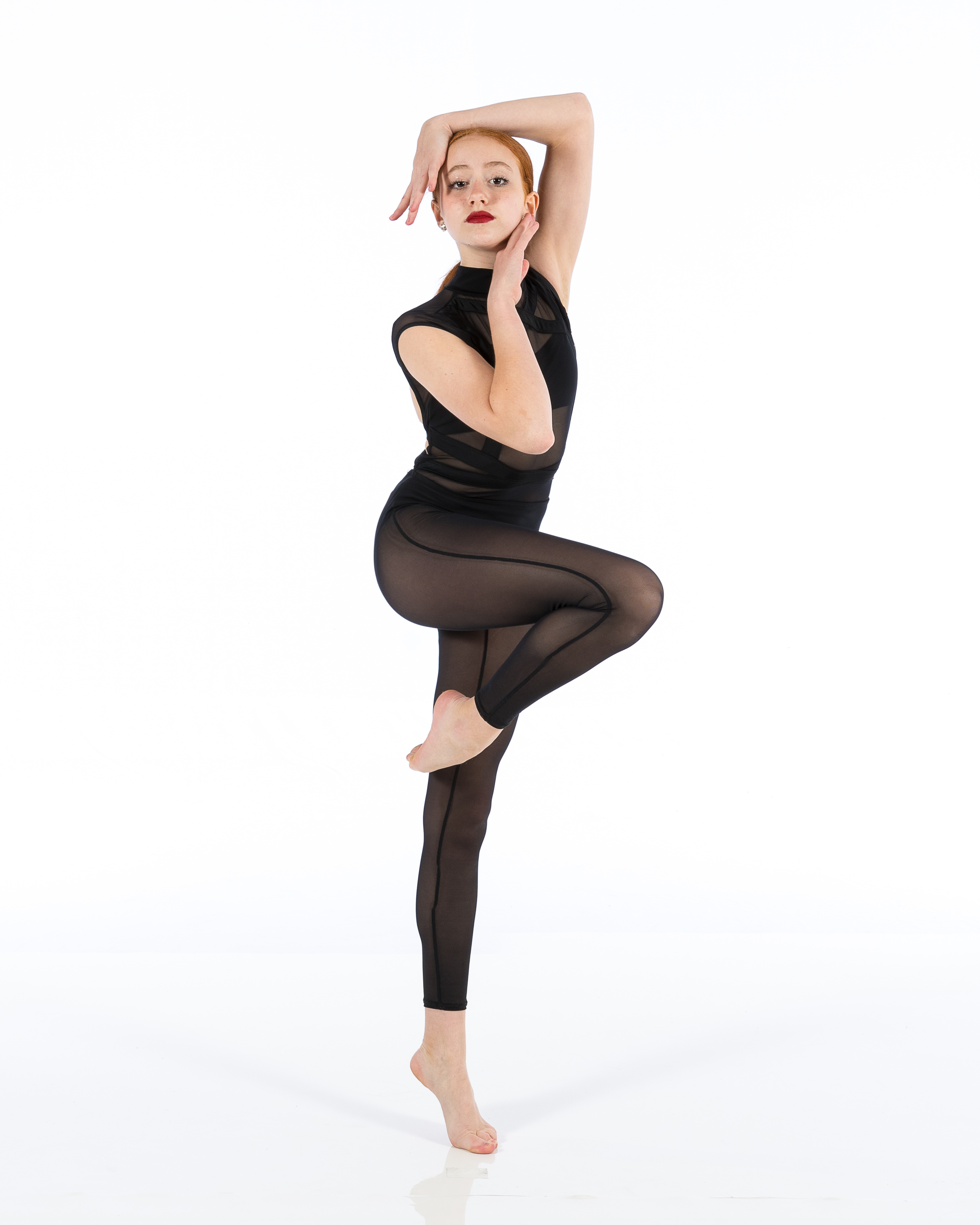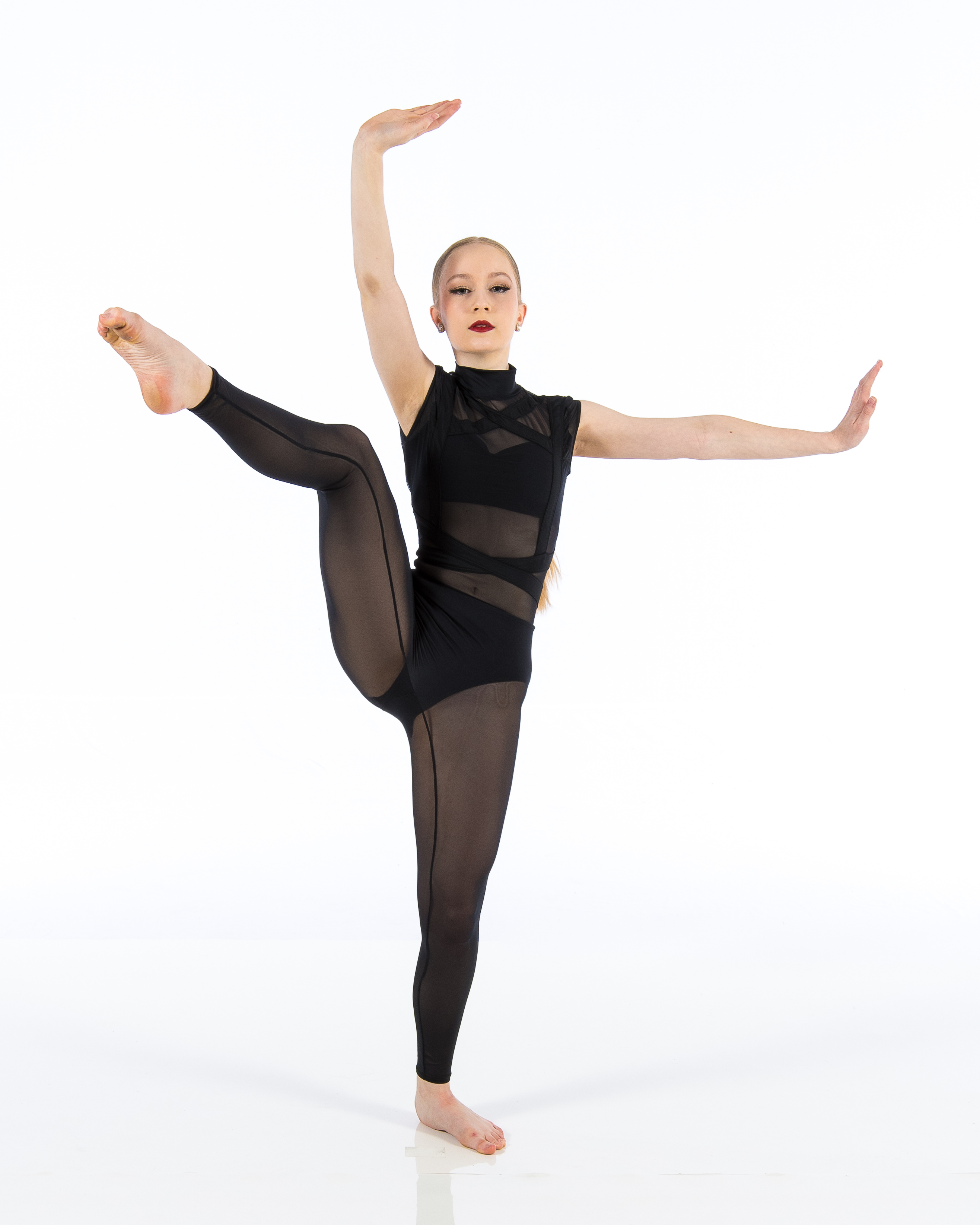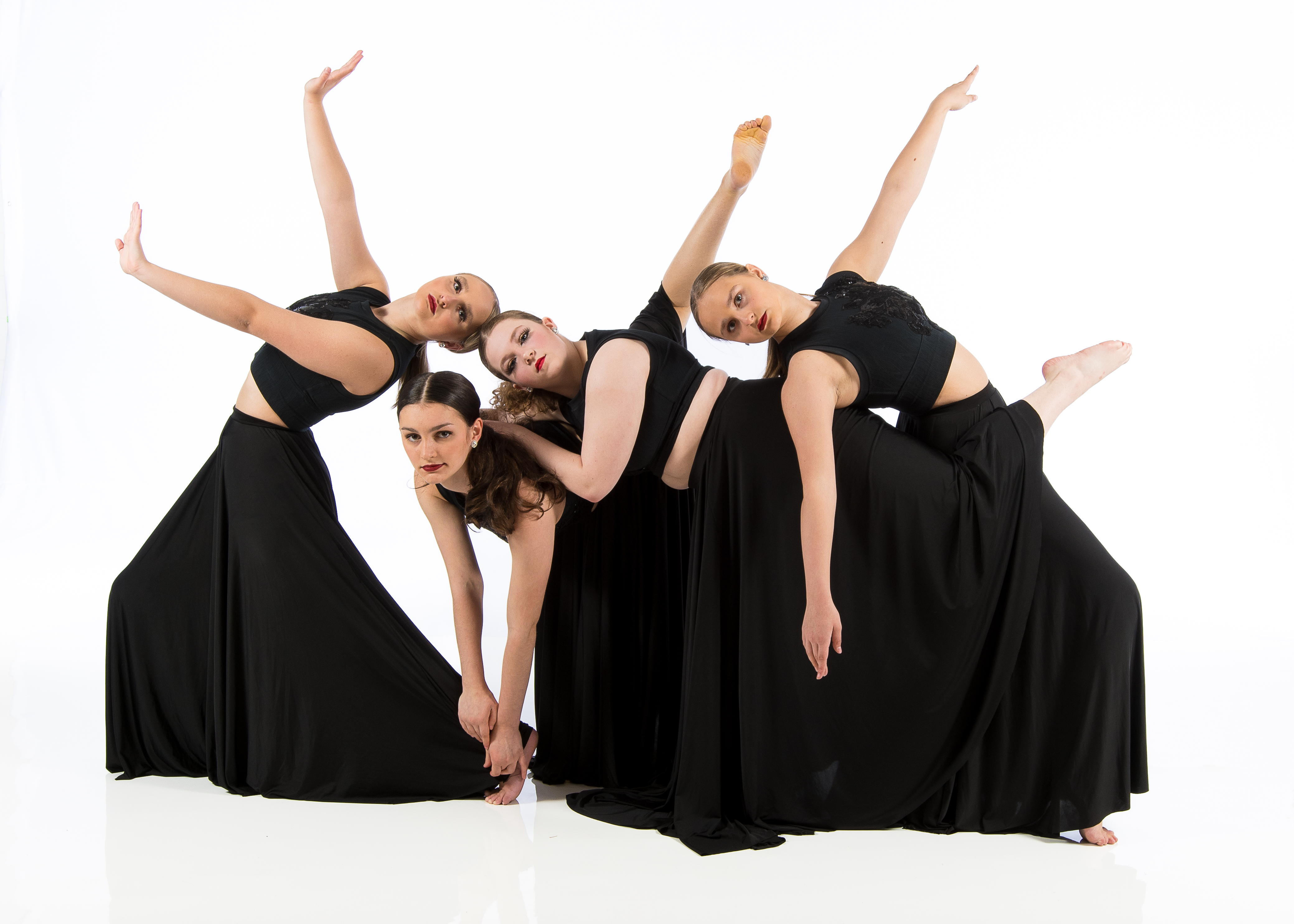Introduction
Dance is an art type that goes beyond obstacles, unifies areas, and bursts with the vitality of human expression. Whether you're a budding dancer entering a dance studio for the first time or a skilled performer seeking to improve your craft, comprehending dance studio etiquette is crucial for ensuring a favorable experience. This considerable overview titled From Newbie to Expert: Navigating Dance Studio Decorum for a Harmonious Experience will take you through every aspect of dance studio behavior, giving insights that will elevate your experience and foster stronger relationships within the dancing community.
Understanding Dance Studio Etiquette
What is Dance Studio Etiquette?
Dance studio etiquette describes the collection of unwritten rules and social norms that control habits in a dancing classroom setup. Much like any kind of other imaginative setting, valuing these guidelines can enhance not just your discovering experience yet likewise that of your peers.
Why is Dance Studio Decorum Important?
Adhering to correct etiquette aids create an environment of respect, emphasis, and partnership. It promotes a feeling of area and permits dancers to sustain each various other in their growth while decreasing interruptions during class.
From Newbie to Specialist: The Significance of First Impressions
Preparing for Your First Class
Walking right into a dance studio for the very first time can be stressful. To make a remarkable first impression:
- Dress suitably: Put on comfy outfit appropriate for the kind of dancing you're studying. Arrive early: Purpose to come to least 10-- 15 minutes before class starts. This offers you time to check in, warm up, and clear up in.
Greeting Your Instructor
A friendly welcoming sets the tone for your experience. Constantly present on your own if it's your first-rate! A straightforward "Hi" or "Greetings" can go a lengthy means in establishing rapport.
Classroom Conduct: The Do's and Do n'tshtmlplcehlder 46end.
Do's: Favorable Behaviors
Be Respectful: Regard everyone's individual area-- particularly when practicing moves. Listen Actively: Program listening when trainers are talking; it shows you value their guidance. Support Your Peers: Encourage fellow professional dancers; positivity breeds encouragement.Don'ts: Adverse Behaviors
Avoid Interruptions: Maintain individual conversations outside the classroom. Don't Use Your Phone: Silence your phone throughout course; it's disruptive. Refrain from Interrupting: Wait until the trainer surfaces prior to asking questions.The Function of Personal Room in Dancing Studios
Understanding Boundaries
Personal area varies from person to person, specifically in a dance setup where physical distance is often essential during method routines.
Communicating Comfort Levels
If you feel uncomfortable with just how close an additional dancer is getting during partnered workouts or formations, it's important to connect this pleasantly and professionally.
Maintaining Professionalism and reliability: Outfit Code and Grooming
Importance of Correct Attire
Each dance style typically has its very own dress code-- whether it be leotards for ballet or loose-fitting clothes for hip-hop courses-- adhering to these criteria demonstrates regard for both your craft and your instructor.
Personal Hygiene Matters
Dancing requires physical effort, which can result in sweating. Ensure you preserve excellent hygiene by showering prior to course and wearing tidy attire.
Behavior Throughout Class: Focusing on Learning
Engaging with Instruction
It's vital to remain concentrated during demonstrations. As opposed to simply seeing, actively involve by imagining exactly how you would certainly execute each movement.
Asking Concerns Appropriately
Curiosity improves discovering! If something isn't clear, feel free to ask inquiries-- however guarantee they matter and posed at proper times (preferably after instructions).
Feedback: Embracing Useful Criticism
Accepting Comments Gracefully
Constructive objection is part and parcel of growth in any art kind. Welcome comments with an open mind and avoid ending up being defensive; remember that review intends to aid boost your skills!
Offering Responses Thoughtfully
When offering responses to peers, guarantee it's constructive instead of important; concentrate on what they did well alongside locations for improvement.
Creating Harmony Through Teamwork
The Value of Group Spirit
In lots of dance designs, team effort plays a critical duty; establishing sociability with fellow dancers results in enhanced performances.
Collaborating During Team Exercises
When involved in team tasks or choreography techniques, encourage creative thinking by respecting everyone's concepts while likewise adding your own constructively.
Handling Disputes Gracefully
Addressing Arguments Maturely
Conflict might arise because of misconceptions or varying point of views on choreography selections. Take on these concerns independently instead of publicly airing grievances which could disrupt class harmony.
Seeking Arbitration When Necessary
If disputes intensify beyond personal resolution initiatives-- seek support from trainers that can mediate efficiently based on their experience managing similar situations.
Post-Class Decorum: Leaving on a Good Note
Thanking Instructors After Class
Always express thankfulness towards your trainer after lessons; this reinforces positive partnerships while acknowledging their difficult work!
Keeping the Studio Clean
Whether it's picking up water bottles or neatly organizing props post-class-- keeping tidiness lionizes for shared areas utilized by all dancers!
Engaging Beyond Class Time: Structure Neighborhood Relationships
Joining Social Events
Participate in gatherings arranged by workshops such as displays or open residences-- these gatherings provide opportunities for networking while enhancing neighborhood connections outside organized lessons!
Supporting Other Dancers' Performances
Attending peers' efficiencies demonstrates solidarity within the dancing neighborhood-- it urges interaction past simple attendance at classes!
Frequently Asked Questions (FAQs)
1. What must I put on for my very first dancing class?
Pick comfy attire suitable for the specific design you're taking (e.g., leotards for ballet). Always ask about gown codes beforehand!

2. Is it fine to chat during class?
It's finest technique not to take part in side conversations during guideline as this sidetracks both instructors & & fellow students alike!
3. Just how do I take care of feeling overwhelmed?

4. What happens if I differ with choreography choices?
Express issues respectfully either independently or within marked feedback sessions as opposed to openly critiquing during rehearsals; maintaining professionalism and reliability assists fix disagreements amicably!
5. Should I bring water into the studio?
Definitely! Remaining hydrated enhances performance degrees; simply guarantee containers are safely shut so spills do not happen on floorings where others are dancing!
6. Just how important is punctuality?
Punctuality is vital as arriving late interferes with concentration degrees while creating distractions; purpose always arrive early adequate allowing time warm-up properly prior to classes commence!
Dance Studio
Conclusion
Navigating through a dance studio environment can appear intimidating at first glimpse but grasping proper rules inevitably changes one's journey from newbie status towards professional degree creativity! By sticking carefully established behaviors detailed throughout this guide entitled From Beginner To Expert: Navigating Dance Studio Etiquette For An Unified Experience *, you'll cultivate important friendships within areas enriched imagination while honing technical expertise alongside valued mentors! So lace up those footwear confidently step onto that floor-- the globe awaits your special expression via movement!
